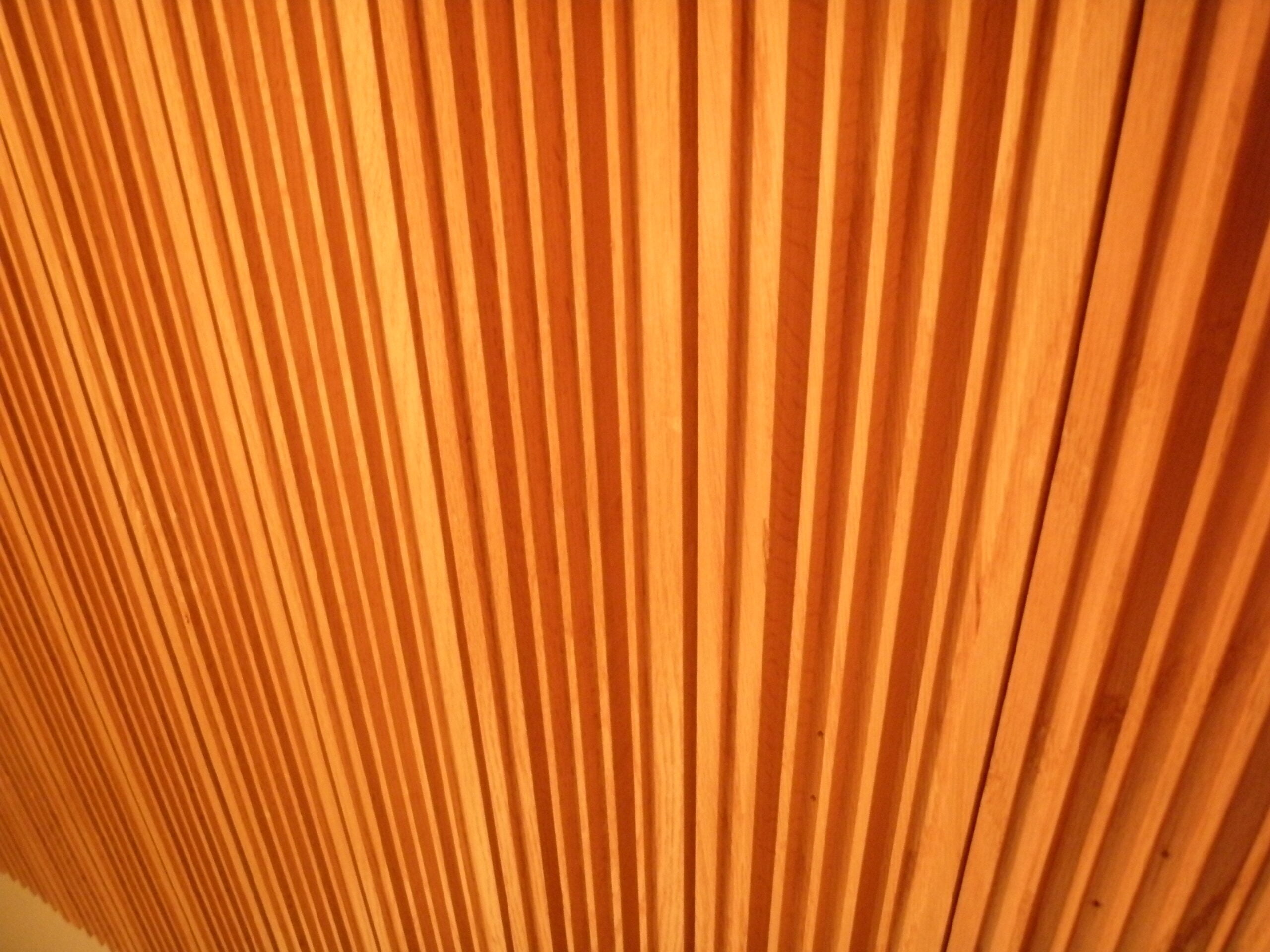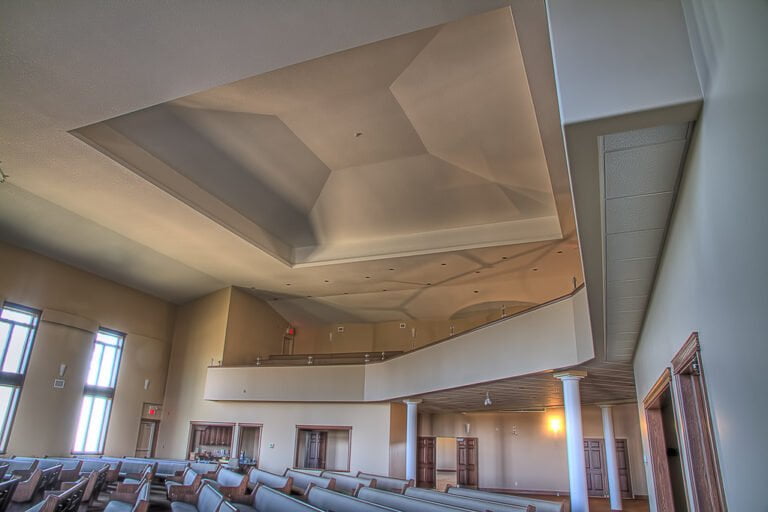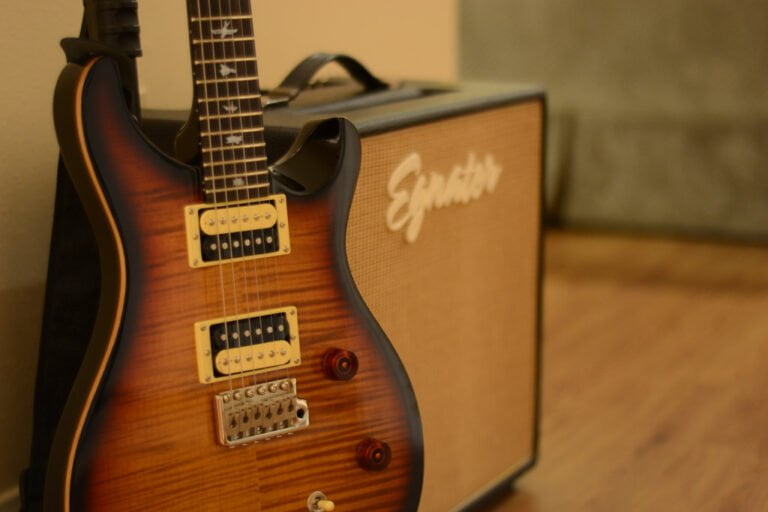Acoustic Panels, Bass Traps, and Diffusers
Hey there! Looking to take your sound quality to the next level? Well, you're in luck! Let's talk about acoustic panels, bass traps, and diffusers. These nifty solutions are all about optimizing your acoustic environment, so you can enjoy amazing audio without any pesky interference. Sound good? Great!
We are supported by our audience. When you purchase through links on our site, we may earn an affiliate commission, at no extra cost for you. Learn more.
So, what exactly do these components do? Well, acoustic panels are like the superheroes of sound absorption. They're designed to absorb excess sound waves, preventing any annoying echoes or reverberations. Think of them as the caped crusaders that keep your audio clear and crisp.
Now, let's move on to bass traps. These bad boys are all about taming those low-frequency sounds that can muddy up your audio. They work by trapping and dispersing the bass energy, ensuring that it's evenly distributed throughout your space. Say goodbye to that boomy, overpowering bass that can drown out the rest of your audio!
Last but not least, we have diffusers. These clever devices scatter sound waves in different directions, creating a more balanced and natural acoustic environment. They're like the conductors of an orchestra, ensuring that every sound wave has its place and doesn't overwhelm the space.
Now that we've covered the basics, it's time for you to make some decisions. Which of these components do you think would work best for your audio needs? Maybe a combination of all three? It's all about finding the perfect harmony for your space.
So, go ahead and dive into the world of acoustic panels, bass traps, and diffusers. Your ears will thank you for it! These elements are essential for creating a controlled acoustic environment, especially when using an edrum module to capture the nuances of your sound. By optimizing your space, you can enhance your recordings and performances, allowing for greater clarity and depth. The right adjustments can truly elevate your musical experience, transforming your setup into a sanctuary for creativity.
Understanding Acoustic Panels
- Acoustic panels provide significant sound absorption in your space, allowing you to improve the overall acoustics. These panels are designed to reduce unwanted echoes, reverberation, and background noise, creating a more balanced and pleasant sound environment. The key to their effectiveness lies in their construction. Acoustic panels are composed of a sound-absorbing core material, typically made of mineral wool or fiberglass, enclosed in a fabric covering. This core material is engineered to absorb sound waves by converting them into heat energy. The fabric covering not only enhances the aesthetic appeal of the panels but also allows sound to pass through into the core material for maximum absorption. By strategically placing acoustic panels in your space, you can effectively control and manage the sound reflections, creating a more immersive and enjoyable auditory experience.
How Bass Traps Work
To further enhance the sound quality in your space, let's delve into how bass traps work and their contribution to improving the acoustics. Bass traps are specially designed devices that target and absorb low-frequency sound waves, also known as bass frequencies. These traps are typically made of dense materials, such as mineral wool or fiberglass, and are strategically placed in corners or along walls where bass frequencies tend to accumulate. When sound waves encounter a bass trap, they penetrate its porous surface and are transformed into kinetic energy, which is then dissipated as heat. This absorption of bass frequencies helps to reduce the build-up of low-frequency energy in the room, resulting in a more balanced and accurate sound reproduction. By effectively controlling bass resonance, bass traps play a crucial role in creating a well-defined and immersive audio environment.
The Function of Diffusers
Understanding the function of diffusers is essential for optimizing the acoustics in your space. Diffusers are designed to scatter sound waves, preventing excessive reflections and reducing the build-up of standing waves. By breaking up the direct sound reflections, diffusers help create a more balanced and natural sound environment.
Diffusers work by dispersing sound waves in multiple directions, diffusing the energy and reducing the prominence of strong reflections. This helps to minimize flutter echoes and comb filtering, resulting in a more even sound distribution throughout the room.
Diffusers are particularly useful in rooms with parallel surfaces, such as recording studios, home theaters, and concert halls. By diffusing sound waves, they can enhance spatial perception, improve clarity, and create a more immersive sound experience. In addition to their acoustic benefits, diffusers can also contribute to the aesthetic appeal of a space, seamlessly blending functionality with design. By strategically placing diffusers throughout a room, one can ensure that sound is balanced, reducing the risk of echoes and dead spots. Ultimately, the integration of diffusers can transform a standard listening environment into an engaging auditory experience.
Innovative designs and advanced materials are constantly being developed to optimize the performance of diffusers, ensuring that they continue to play a vital role in achieving optimal acoustics in your space.
Choosing the Right Acoustic Treatment
When choosing the right acoustic treatment, consider evaluating the specific needs and goals for optimizing the sound in your space. To ensure a successful outcome, it is crucial to analyze the unique characteristics of your room, such as its size, shape, and construction materials. Take into account the type of sound you want to achieve, whether it is a more balanced frequency response, reduced echo, or improved clarity. Additionally, consider the purpose of the space and how it will be used. For example, a recording studio will have different requirements compared to a home theater. It is also important to consider the aesthetic aspect, as acoustic treatments can be incorporated into the overall design of the room. By carefully assessing these factors, you can select the appropriate acoustic treatment that will effectively address your specific needs and enhance the sound quality in your space. Experiment with different types of acoustic treatment materials, such as foam panels, bass traps, or diffusers, to find the perfect combination that meets your acoustic requirements. Keep in mind that implementing these solutions may require some trial and error, as the effectiveness of acoustic treatment can vary based on the room’s dynamics. Ultimately, achieving the desired sound environment will lead to a more enjoyable experience, whether you’re recording music, watching movies, or simply enjoying conversations.
Placement Tips for Acoustic Panels
Consider strategically positioning your acoustic panels to maximize their effectiveness in improving the sound quality of your space. Placement plays a crucial role in achieving optimal acoustic treatment outcomes. Start by identifying the primary source of sound in your room. Place panels on the walls closest to this source to reduce direct sound reflections. Additionally, consider the room's dimensions. Identify areas where sound tends to accumulate, such as corners, and position bass traps to absorb low-frequency energy. For diffusers, place them on the rear wall to scatter sound and create a sense of spaciousness. To tackle flutter echoes, install panels on opposing walls at a slight angle. Experiment with different panel orientations and positions to achieve the best results. Remember, careful placement is key to maximizing the effectiveness of your acoustic panels.
Installing and Maintaining Bass Traps
To properly install and maintain bass traps, you'll need to follow a few simple steps. First, identify the areas in your room where low-frequency sound tends to accumulate. These are typically the corners and wall-ceiling junctions. Next, select the appropriate type and size of bass traps based on your room dimensions and specific acoustic needs. Bass traps are available in various designs, such as membrane, diaphragmatic, or porous absorbers, each offering different absorption characteristics. Once you have your bass traps, position them strategically in the identified areas to effectively trap and absorb the low-frequency energy. Finally, regularly inspect and clean your bass traps to ensure optimal performance. Remove any accumulated dust or debris that may hinder their absorption capabilities. By following these steps, you can maximize the effectiveness of your bass traps and achieve a well-balanced acoustic environment.
Enhancing Sound With Diffusers
Enhance your sound with diffusers. These innovative acoustic devices are designed to disperse sound waves in a controlled manner, resulting in improved sound quality and a more natural listening experience. Diffusers work by breaking up sound reflections and reducing echo and reverberation in a room. By scattering sound in multiple directions, diffusers help to eliminate standing waves and create a more balanced acoustic environment. With their precise design and advanced technology, diffusers can be strategically placed in a room to optimize sound diffusion and achieve the desired acoustic characteristics. Whether you are setting up a recording studio, home theater, or concert hall, incorporating diffusers into your sound system can greatly enhance the overall audio experience, allowing you to fully immerse yourself in the music or enjoy crystal-clear dialogue.
Creating Your Ideal Acoustic Environment
To create your ideal acoustic environment, it is important to strategically place diffusers in your room while considering the specific characteristics of the space. Diffusers play a crucial role in controlling sound reflections and creating a balanced sonic experience. By scattering sound waves in various directions, diffusers help minimize flutter echoes and standing waves, resulting in clearer and more natural audio reproduction. When positioning diffusers, it is essential to identify the primary reflection points in the room and place the diffusers accordingly. Additionally, the dimensions and shape of the room should be taken into account, as they can affect the effectiveness of diffusers. By carefully selecting and placing diffusers, you can optimize your acoustic environment and achieve a listening experience that is innovative and truly immersive.
Conclusion
In conclusion, understanding the purpose and function of acoustic panels, bass traps, and diffusers is crucial in creating the ideal acoustic environment. Acoustic panels absorb sound reflections, bass traps control low-frequency resonances, and diffusers scatter sound waves for a balanced acoustic response. By choosing the right acoustic treatment and placing them strategically, you can optimize the sound quality in any space. Proper installation and maintenance of bass traps and diffusers are necessary to ensure their effectiveness. Ultimately, these acoustic treatments play a significant role in enhancing the overall sound experience. Additionally, regular assessments of the acoustic treatment should be conducted to adapt to changes in the space or its usage. Investing in high-quality materials can also significantly enhance the performance of the acoustic treatment, leading to a more refined sound experience. Ultimately, a thoughtful approach to acoustic treatment allows for greater flexibility in sound design and enjoyment.





